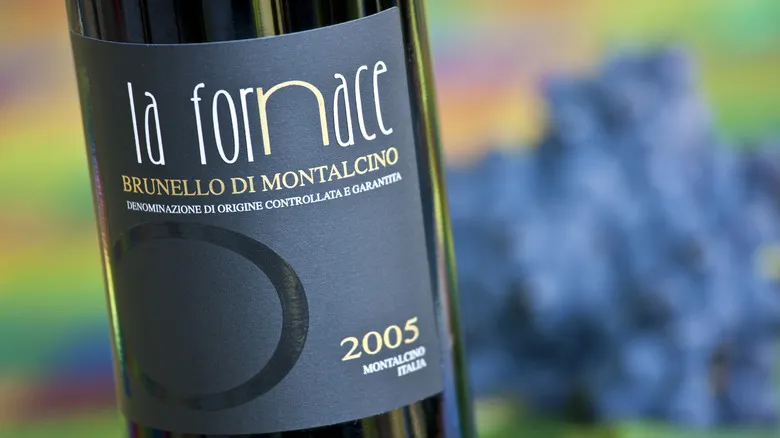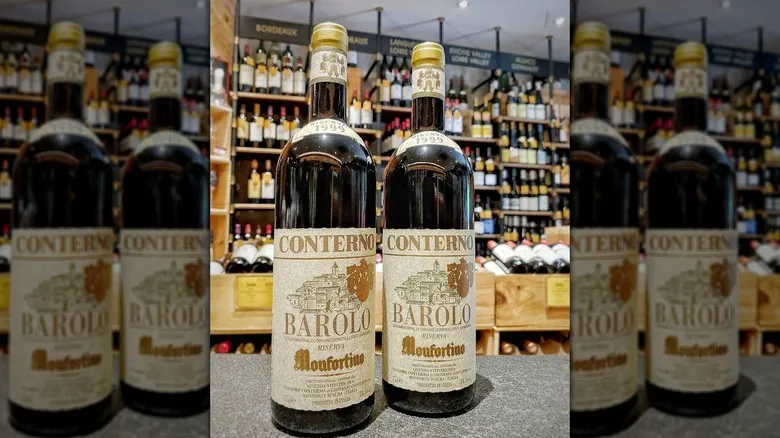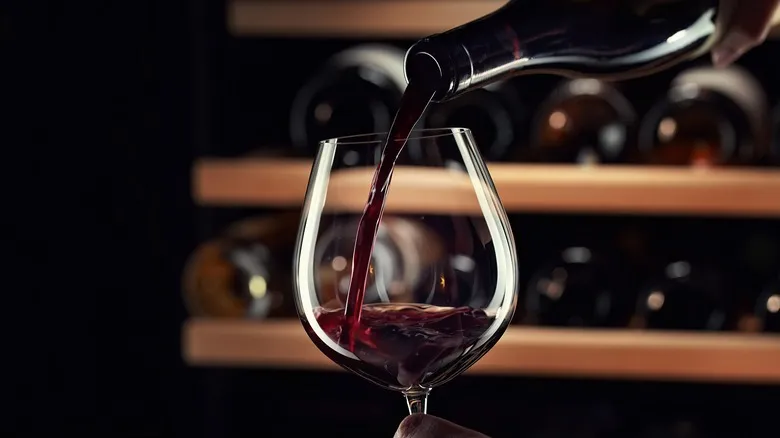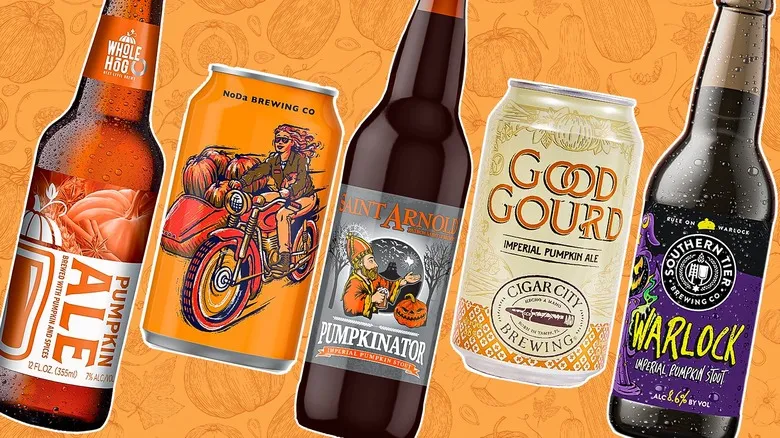Italian wine labeling 101

These regulations encompass everything from the grape varieties used to the requirements for harvest yields and aging. The DOC system also guarantees that the wine comes from a designated wine-producing region in Italy, which is typically noted on the label. Above the DOC classification is the esteemed DOCG (Denominazione di Origine Controllata e Garantita), or "controlled and guaranteed designation of origin." This represents the highest level of classification for Italian wines, reserved for the most exceptional bottles. To achieve this status, a wine must undergo an even more stringent quality control process and pass a government taste evaluation. This is beneficial for consumers, as it allows for more informed purchasing decisions!
The Italian wine sector is vast, with projections indicating it will generate an impressive $6.5 billion in revenue for the country in 2024, according to Statista. Given its economic importance, it’s no surprise that the Italian government is committed to protecting the reputation of its wines. Since DOC and DOCG provide essential insights into the quality of the wine, understanding their meanings will significantly enhance your chances of discovering a bottle that matches your preferences.
A few DOC-labeled wines to get you started

With more than 300 distinct Italian wine varietals available, you'll never be at a loss for options. This abundance can be a bit overwhelming for newcomers to this segment of the market. To help you navigate, here are a few suggestions to kick off your journey.
If you're eager to experience the finest Italy has to offer, consider trying the Giacomo Conterno Monfortino Barolo Riserva DOCG. Crafted from nebbiolo grapes, which thrive in the Piedmont region of northern Italy, this wine is celebrated as a hallmark of Italian winemaking, featuring rich and intense flavors.
On the other hand, if you're looking for more budget-friendly choices, the La Cacciatora Barbera d'Asti, another DOCG selection, might catch your interest. Made from barbera grapes from Piedmont, it provides an affordable option without compromising on taste, offering bold, dry flavors with a smooth finish and a hint of acidity. This would be a fantastic starting point for those new to this segment of the wine world!
Recommended

Here's How Long You Can Store An Unopened Bottle Of Red Wine

Want Better Champagne? Don't Store It In The Refrigerator

How Trader Joe's Picks The Wine It Sells And How To Spot Its Best Bottles

13 Pumpkin Beers You Should Be Sipping On This Fall
Next up

